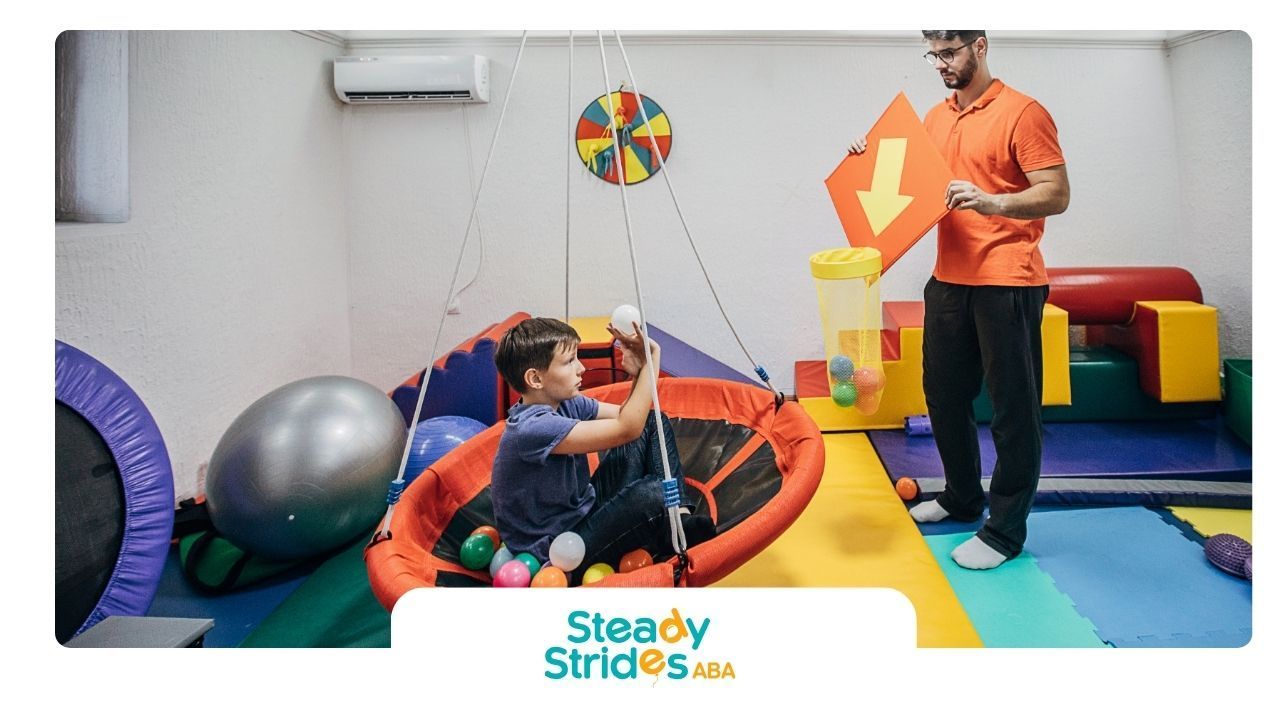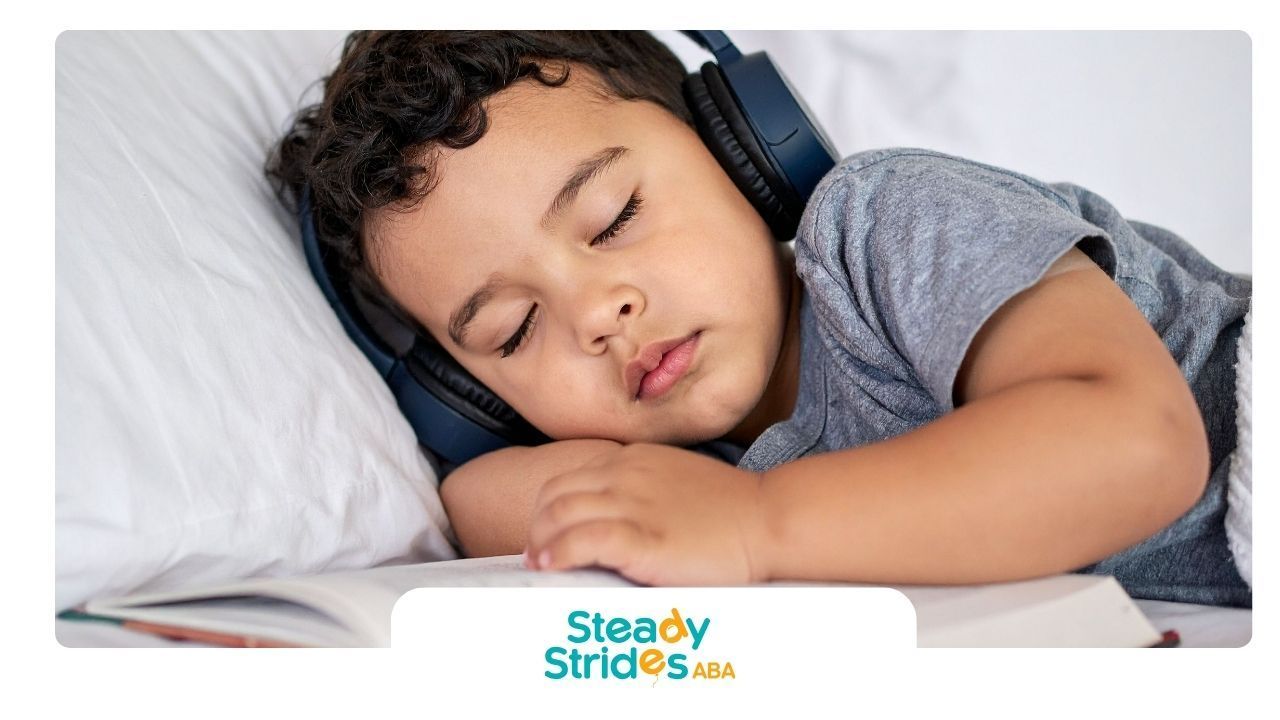How Can You Gain an Autistic Person's Attention
Gaining the attention of an autistic individual requires patience, understanding, and the right communication approach. Because sensory sensitivities and unique processing styles are common in autism, traditional ways of calling attention—like loud voices or sudden touch—might not work effectively and can even cause distress.
Use Calm and Clear Communication
Start by using clear, simple language and avoiding sudden movements or loud tones. Address the person by their name before speaking, and ensure you have their visual attention if they are comfortable making eye contact. For some individuals, gentle cues like tapping a table or showing an object can be more effective than verbal prompts.
Reduce Distractions and Give Processing Time
Minimize background noise or visual clutter when trying to get attention. Autistic individuals may need extra time to process information, so wait a few seconds after speaking. Consistent communication routines can also help improve attention and response over time.
Conclusion
Capturing an autistic person's attention takes patience and understanding. By creating a calm environment, using clear communication, and respecting their needs, meaningful interaction becomes easier and more effective.
At Steady Strides ABA, we specialize in helping children develop essential attention and communication skills through evidence-based ABA therapy. Serving families across Texas and New Mexico, our compassionate team tailors each program to your child's unique learning style. With steady, structured guidance, we help every child build focus, confidence, and connection—one step at a time.
FAQs
Why is it so hard to get an autistic person's attention?
Sensory sensitivities and differences in how they process information can make focusing more difficult.
Does eye contact mean they're paying attention?
Not always. Some autistic people listen better without direct eye contact.
Can ABA therapy help improve attention skill?
Yes. ABA therapy teaches attention-building and communication strategies tailored to each child's needs.
Sources:
- https://www.autism.org.uk/advice-and-guidance/topics/about-autism/sensory-processing
- https://www.autismspeaks.org/what-autism
- https://childmind.org/article/what-is-applied-behavior-analysis/













